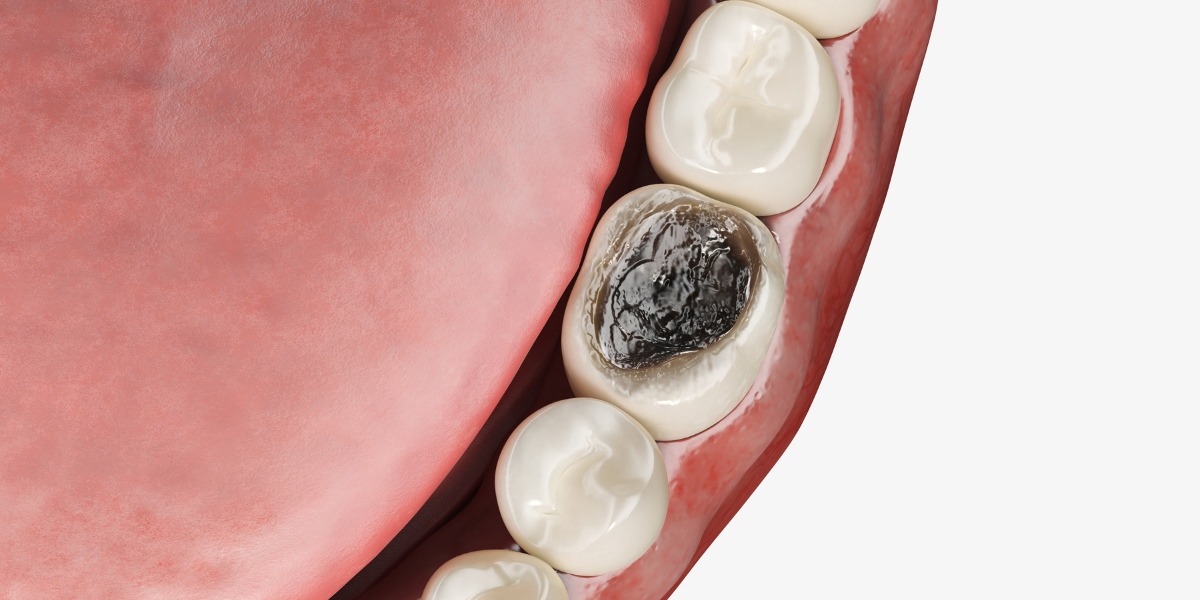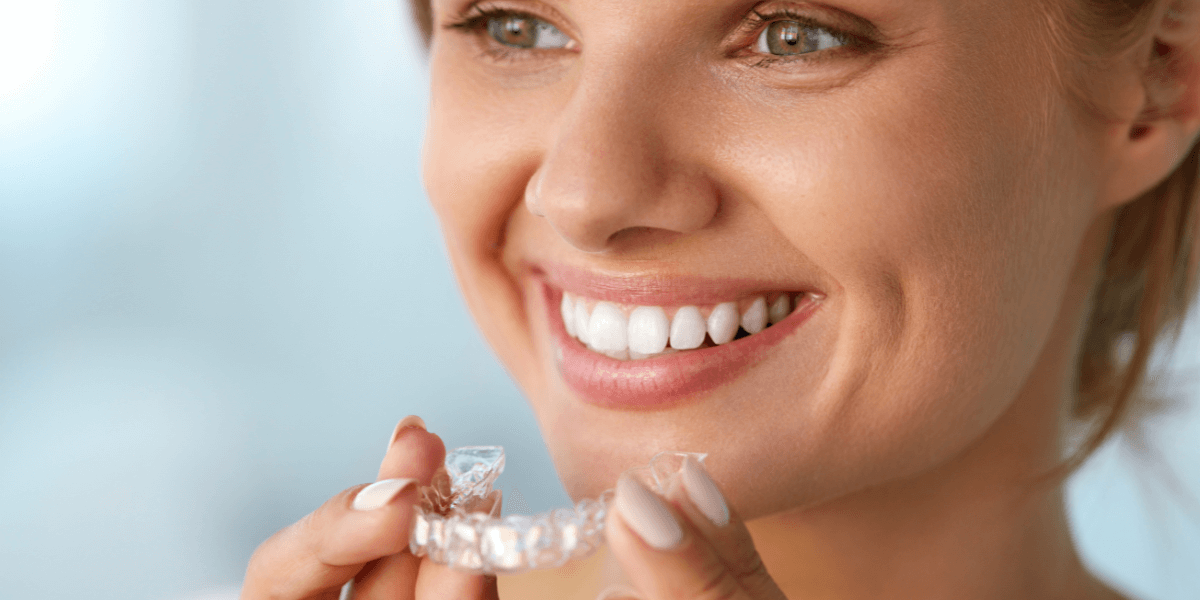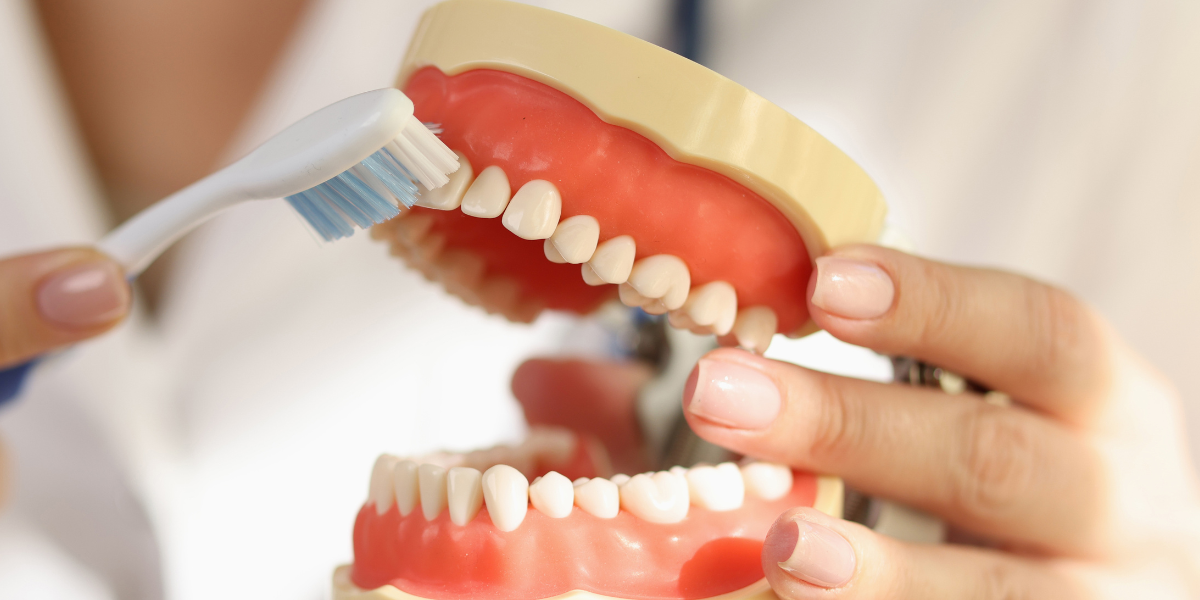When should I see my dentist for a toothache?

Tooth pain is caused by various conditions that require attention. The key is identifying the source. Read on below to learn the potential causes.
A toothache is a pain in or around a tooth that can be caused by numerous dental and non-dental conditions, such as dental decay, infections, gum disease, bruxism, and trauma. Toothaches can be acute, meaning they come on suddenly and last for a short time, or chronic, meaning they come and go over a more extended period of time. Abnormal dental pain with a non-dental origin can be categorized as referred pain. [1]
When it comes to our teeth, we often think of them as being strong and durable; however, they can become fragile and susceptible to pain if not adequately protected and cared for by regular dental visits and optimal homecare and nutritional choices.
Symptoms of Tooth Pain
The symptoms of a toothache vary depending on the underlying cause and can range from mild to severe pain. Common symptoms of a toothache are sharp pain, dull pain, or throbbing pain, but other symptoms can include sensitivity to hot or cold temperatures.
Acute vs. Chronic
Acute toothaches are sudden and severe, while chronic toothaches are more persistent and may last for weeks or months. Several factors, including cavities, trauma, infection, gum disease, and TMJ disorders, can cause tooth pain.
Causes of Tooth Pain
Clenching/Bruxism –Temporomandibular disorders (TMD), such as bruxism, may cause painful clinical conditions and lead to chronic facial pain over time. [2] Referred pain originating in the muscles is surprisingly common. The digastric muscle is often pinpointed as the source in people experiencing jaw, throat, tooth, and general facial pain. [3] The digastric muscle connects the mandible to the skull and is prone to tense up. Myofunctional therapy is an option for chronic pain associated with bruxism. [2]
Trauma – Trauma to the periodontal ligament, a soft connective tissue, acts like a shock absorber to withstand the forces of your teeth and can become inflamed. The benefit of a radiograph can show the widening of this ligament and bone loss associated with periodontal disease.
Periodontitis is characterized by inflammatory destruction of the supporting structures of the tooth (periodontal ligament, cementum, and alveolar bone), which results in the gradual loosening of the teeth. [4]
Cavity – When a cavity is small, typically, there is no pain. However, when left untreated and reaches the dentin, the second layer of the tooth, patients can experience sensitivity to hot or cold substances in conjunction with pain. If left untreated too long, it could result in the bacteria reaching the pulp of the tooth, which usually causes more intense pain or discomfort, possibly leading to an abscess. Data from the National Health and Nutrition Examination Survey from 2011 to 2012 conducted by the National Center for Health Statistics for dental caries and tooth loss report that 91% of adults aged 20 to 64 had dental caries. [5]
Abscess – Poor dental hygiene, dental cavities, and trauma are the most frequent causes of dental abscesses. Dental abscesses or periapical infections typically arise secondary to dental caries, trauma, or a failed root canal treatment. These infections can be extremely painful if left untreated and pose a significant risk of descending into the deep neck space or ascending to intracranial sinuses. [5]
Tooth erosion
Erosive tooth wear can be caused by acidic food sources, such as citric juices, and conditions, such as acid reflux and bulimia, to name a few. These sources and conditions can have a high prevalence of causing tooth erosion and sensitivity because it causes demineralization. Early signs of dental erosion are characterized by a loss of enamel structure and sometimes dulling of the surface gloss. [6]
Treatment for tooth-related pain
Diseases and infections associated with a cavity, periodontal disease, or an abscess can quickly spread to other areas of the body, affecting oral-systemic health and resulting in more health expenses and issues.
The best way to relieve toothache pain is to see your dentist or dental professional to have the underlying problem diagnosed and treated. Your dental professional may be able to alleviate your sensitivity with at-home fluoride treatments, nonsteroidal anti-inflammatory medications, or myofunctional therapy. Myofunctional therapy is an option for those experiencing TMD or facial pain.
Other at-home treatment options before seeing your dental professional include rinsing with warm salt water, using a cold compress, taking over-the-counter pain medication, and avoiding chewing on hard foods. Additionally, avoidance of acidic foods can assist in the reduction of experiencing tooth sensitivity. Early intervention of tooth pain is vital to maintaining optimal oral and systemic health.
- Fukuda K. I. (2016). Diagnosis and treatment of abnormal dental pain. Journal of dental anesthesia and pain medicine, 16(1), 1–8. https://doi.org/10.17245/jdapm.2016.16.1.1
- Messina, G., Martines, F., Thomas, E., Salvago, P., Fabris, G. B. M., Poli, L., & Iovane, A. (2017). Treatment of chronic pain associated with bruxism through Myofunctional therapy. European journal of translational myology, 27(3), 6759. https://doi.org/10.4081/ejtm.2017.6759
- Biologydictionary.net Editors. (2017, December 08). Digastric Muscle. Retrieved from https://biologydictionary.net/digastric-muscle/
- Mortazavi, H., & Baharvand, M. (2016). Review of common conditions associated with periodontal ligament widening. Imaging Science in Dentistry, 46(4), 229-237. https://doi.org/10.5624/isd.2016.46.4.229
- Sanders JL, Houck RC. Dental Abscess. [Updated 2022 Feb 23]. In: StatPearls [Internet]. Treasure Island (FL): StatPearls Publishing; 2022 Jan-. Available from: https://www.ncbi.nlm.nih.gov/books/NBK493149/
- Donovan, T, Nguyen-Ngoc, C, Abd Alraheam, I, Irusa, K. Contemporary diagnosis and management of dental erosion. J Esthet Restor Dent. 2021; 33: 78– 87. https://doi.org/10.1111/jerd.12706







